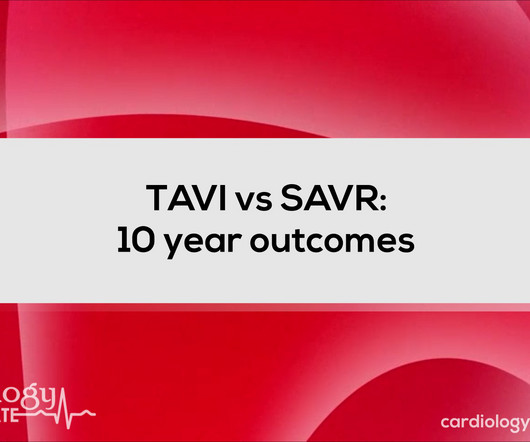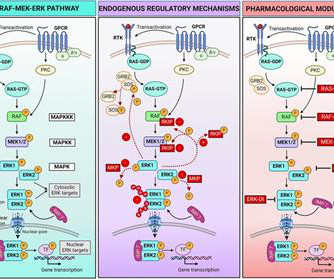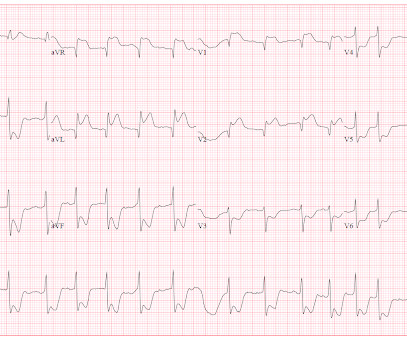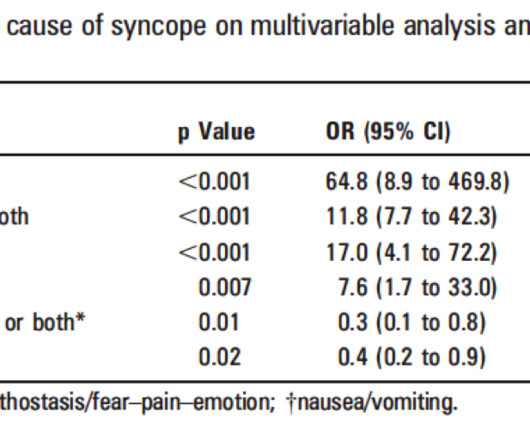TAVI Matches SAVR in Lower Risk Aortic Valve Patients: 10 year outcomes
Cardiology Update
FEBRUARY 11, 2024
The NOTION trial, a pioneering study, sought to compare the long-term clinical and bioprosthesis outcomes of Transcatheter Aortic Valve Implantation (TAVI) versus Surgical Aortic Valve Replacement (SAVR) in patients with severe aortic valve stenosis (AS) at lower surgical risk. Original article: Thyregod HGH et al.















Let's personalize your content